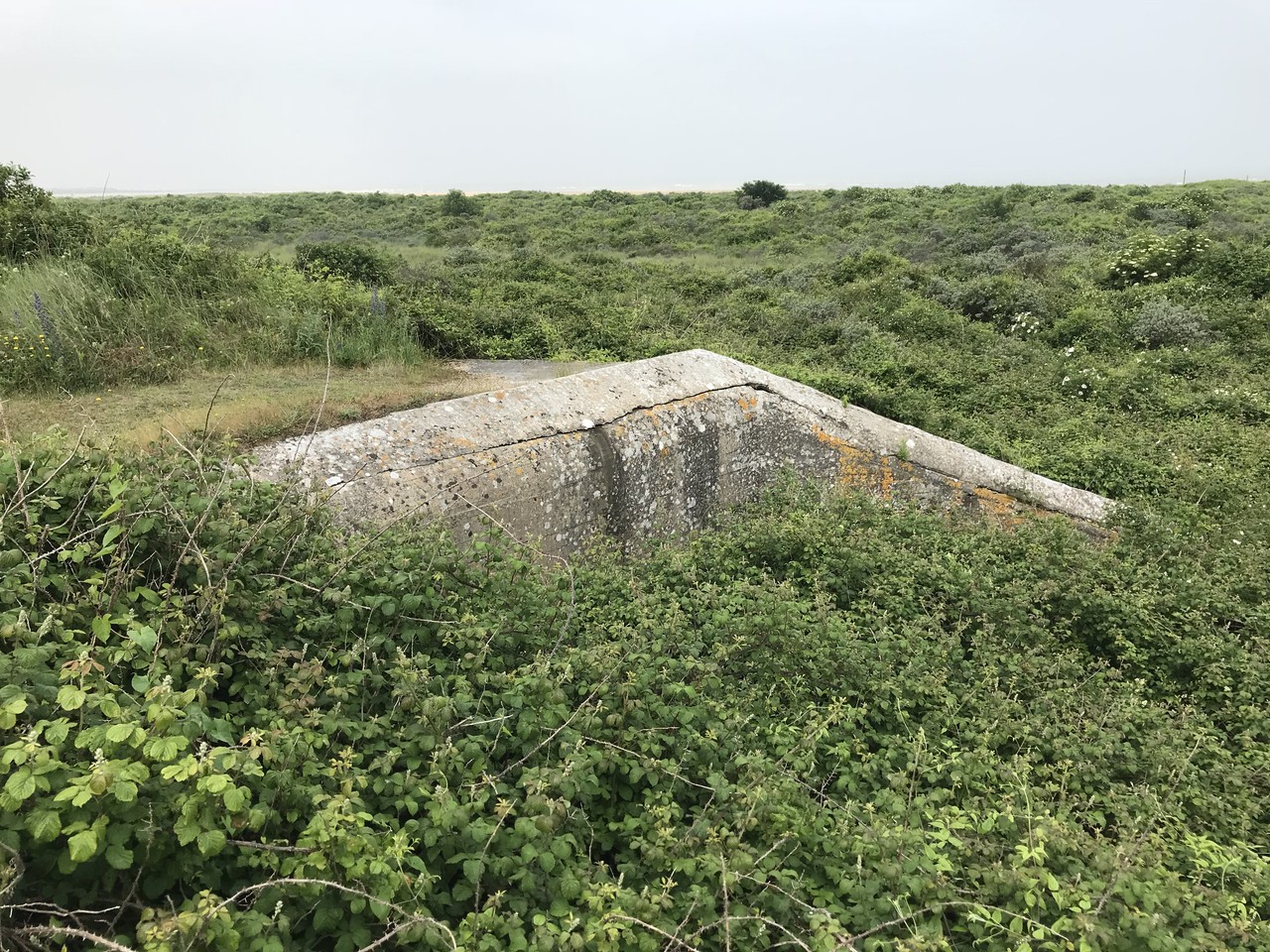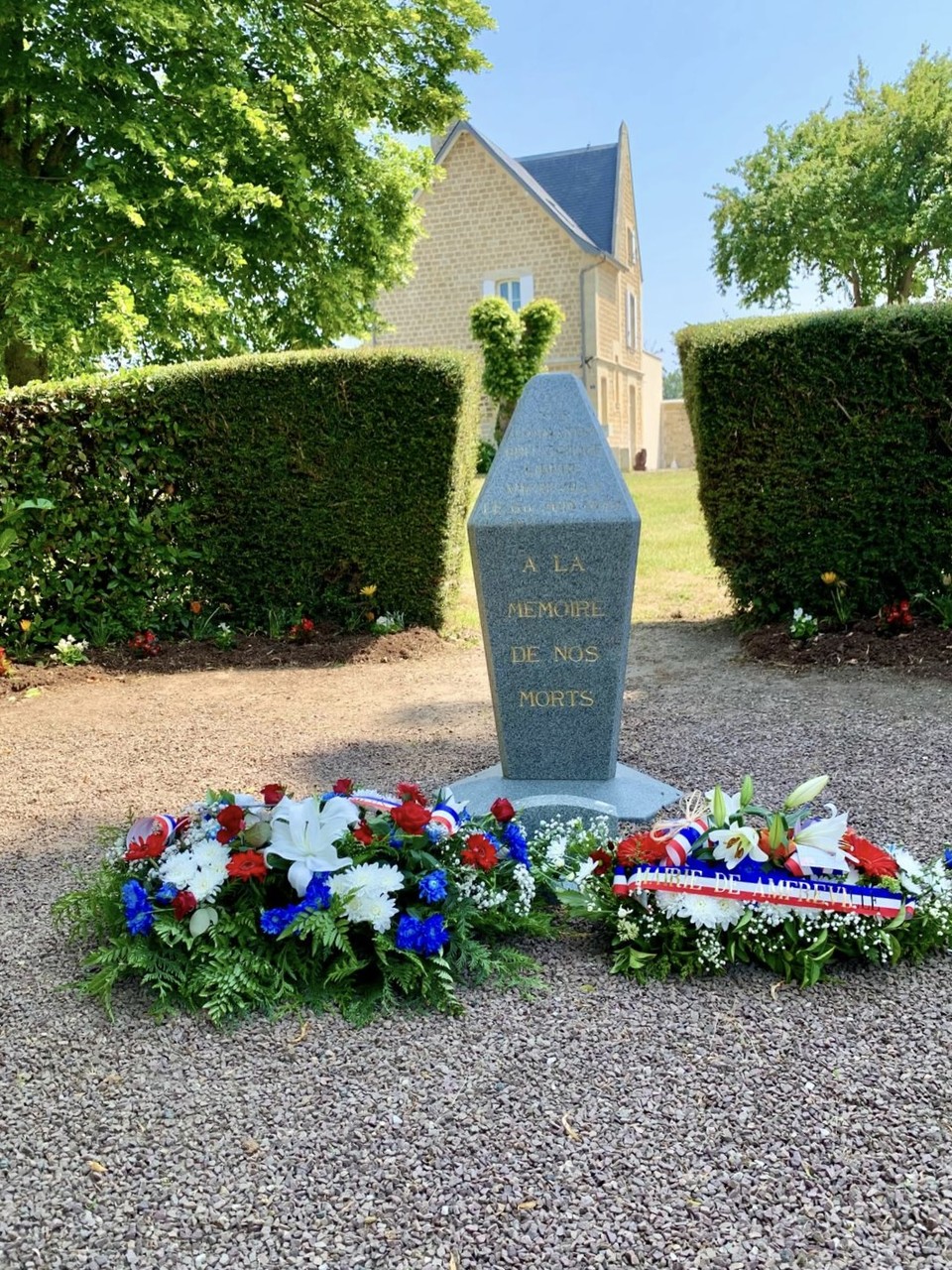Breville ridge
France
Route segment from our partner

Route segment from our partner

Bookmark
Share
This area of the French coastline to the west of Merville-Franceville-Plage, leading south and onto the Breville ridge, became crucial to the battlefield for Operation Overlord in June 1944. Throughout the 8km walk, you can see many historical points of interest from the German ‘Atlantic Wall’ defences through to memorials of allied nations who took part in the battles around this area.
This area of the battlefield for Operation Overlord, which was undertaken on 6 June 1944, D-Day, would become an important part of the whole Normandy Campaign. It was the important left flank that had to be secured and held.
The area of the walk should have been secured and in Allied hands by the end of D-Day. However, this was not to be the case, and a static frontline would be formed from 6 June until 17 August 1944. It was on 17 August that the Allies would undertake Operation Paddle as they began to advance from the area of the Breville ridge, eastwards, as they pushed the German forces back towards the river Seine.
The northern area of the walk around Plage de la Redoute is filled with German concrete from the ‘Atlantic Wall’ defences in the area. This was given the name of Weiderstandnest (Resistance nest) 5 (WN05). This includes the observation post for Oberleutnant (Lieutenant) Raimund Steiner, the officer in charge of the Merville Gun Battery.
From the beach area and through the dunes, the walk passes by the German position of WN06. The walk heads into the village of Sallenelles, which was eventually liberated by the Belgian soldiers of Brigade Piron in August 1944.
The walk then starts to climb southwards along the Breville ridge, where the frontline was positioned. Units that held the line here included the Commandos of the 1st and 4th Special Service Brigade, British 6th Airborne Division, and 51st Highland Division. Many memorials can be found in the villages of Amfreville, Breville, and up to Chateau St Come.
Intense fighting took place day in and day out, with one of the largest battles on 12-13 June 1944. This would eventually see the liberation of Breville, which had become a ‘thorn in the side’ of the British 6th Airborne Division.
Address
Merville-Franceville Plage




